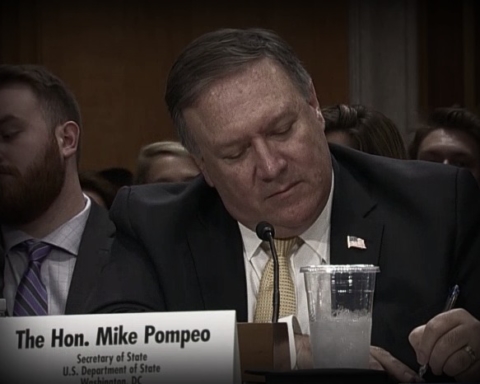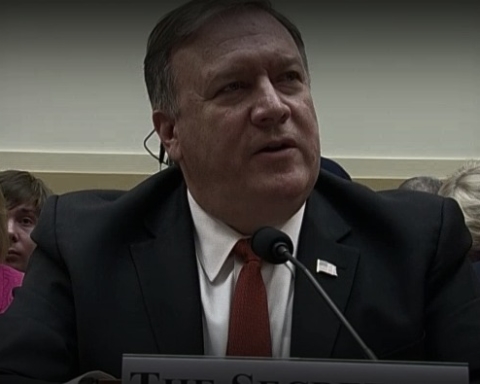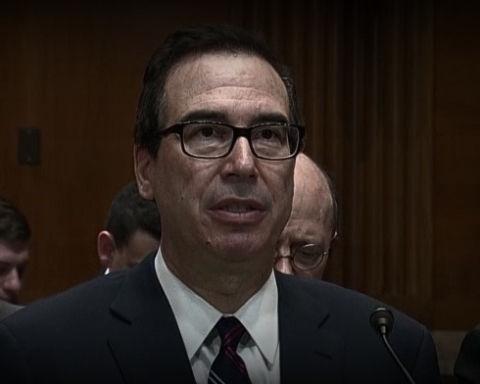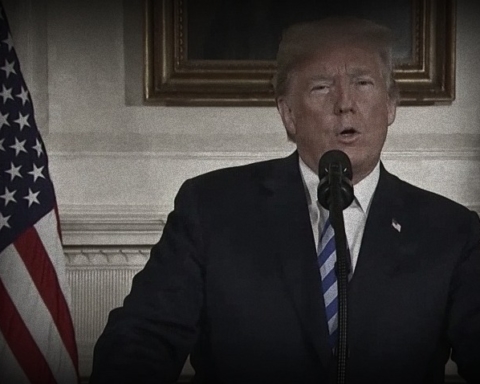US civilian officials overseeing non-proliferation of weapons grade nuclear material are lacking a complete inventory detailing the full extent of their worldwide responsibilities, according to a government watchdog report published this week.
The Government Accountability Office called on the Departments of Energy and State, and the Nuclear Regulatory Commission to compile an inventory of “US-obligated” highly enriched uranium (HEU) and plutonium for the second time in four years, but the trio of organizations are still resisting the recommendation, describing it as unnecessary.
“[W]e continue to stand by the recommendation because, as we reported, the US government does not have an inventory of U.S. nuclear material overseas and is not able to identify where weapons-usable materials including HEU and plutonium reside, among other reasons,” the GAO stated.
The watchdog also said that the dearth of a comprehensive list makes it difficult to determine if the US is “appropriately and fully exercising its rights of approval regarding the transfer, retransfer, enrichment and reprocessing, and storage of nuclear materials subject to nuclear cooperation agreement terms.”
The Department of Energy (DOE) did complete an inventory of foreign HEU stockpiles in 2013, GAO noted, but it still hasn’t accounted for plutonium holdings—a nuclear energy asset growing in importance. Plutonium stocks have increased by 100,000 kilograms worldwide over the last 15 years as a result of their use in civilian nuclear power plants.
The report, which primarily focused on DOE non-proliferation found that the bureau had made progress toward securing fissile materials its tasked with tracking abroad, but warned that several factors beyond incomplete information are hampering its mission.
A range of laws, bilateral treaties, and regulations have tasked DOE with overseeing the security and destruction of weapons grade nuclear material.
The watchdog also knocked the department for not regularly visiting international sites that store US-originated nuclear materials. The DOE, it pointed out, has not lived up to its stated goals of dispatching “physical protection teams” to nuclear storage facilities once every five years. Some records reviewed by GAO discovered that many international sites storing American-made HEU had not been visited “in more than 20 years.”
GAO acknowledged that diplomatic constraints are partly to blame for the inspection gaps, stating that “US agencies may continue to encounter resistance by major allied and other countries to allowing access to some sites and agreeing to remove or secure vulnerable nuclear materials.” It noted that it provided more complete details about these diplomatic sensitivities in a classified version of its investigation.
The report did outline some DOE successes in non-proliferation between 2009 and 2013, as part of its Global Threat Reduction Initiative.
During that time, the department removed 1,581 kilograms of HEU and plutonium, exceeding its goal of 1,201 kilograms. It also surpassed its goal of “downblending” 2,700 kilograms of HEU into less reactive material.
The department, however, failed to beef up security at 11 of the 43 sites it had identified for enhanced protection at the onset of the initiative. It also fell short—by the same margin–of its stated goal to convert 43 foreign reactors from highly enriched uranium to low-enriched uranium.
“While progress has been made, significant quantities of potentially vulnerable nuclear materials remain,” GAO concluded.






